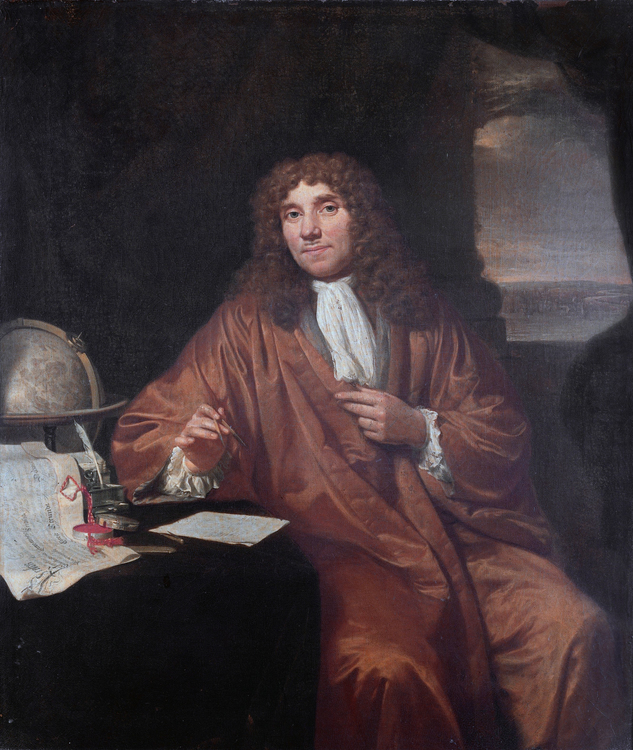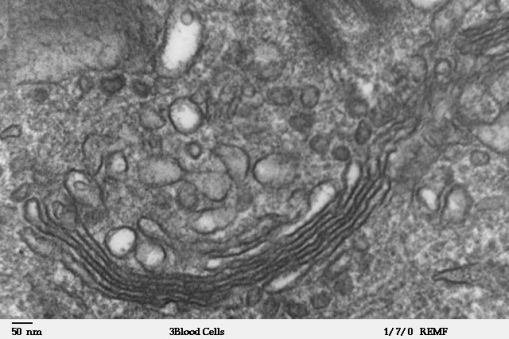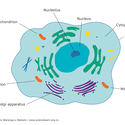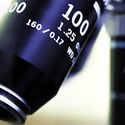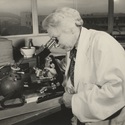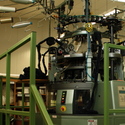Microscopes let us view an invisible world – the objects around us that are too small to be seen with the naked eye. This timeline provides a look at some of the key advances in microscopy.
~710 BC – Nimrud lens
The Nimrud lens – a piece of rock crystal – may have been used as a magnifying glass or as a burning-glass to start fires by concentrating sunlight. It is later unearthed by Austen Henry Layard at the Assyrian palace of Nimrud in modern-day Iraq.
~1000 AD – Reading stone
The first vision aid, called a reading stone, is invented. It is a glass sphere placed on top of text, which it magnifies to aid readability.
~1021 AD – Book of Optics
Muslim scholar Ibn al-Haytham writes his Book of Optics. It eventually transforms how light and vision are understood.
1284 – First eye glasses
Salvino D’Armate is credited with inventing the first wearable eye glasses.
1590 – Early microscope
Zacharias Janssen and his son Hans place multiple lenses in a tube. They observe that viewed objects in front of the tube appear greatly enlarged. This is a forerunner of the compound microscope and the telescope.
1609 – Compound microscope
Galileo Galilei develops a compound microscope with a convex and a concave lens.
1625 – First use of term ‘microscope’
Giovanni Faber coins the name ‘microscope’ for Galileo Galilei’s compound microscope.
1665 – First use of term ‘cells’
English physicist Robert Hooke publishes Micrographia, in which he coins the term ‘cells’ when describing tissue. The book includes drawings of hairs on a nettle and the honeycomb structure of cork. He uses a simple, single-lens microscope illuminated by a candle.
1676 – Living cells first seen
Antonie van Leeuwenhoek builds a simple microscope with one lens to examine blood, yeast and insects. He is the first to describe cells and bacteria. He invents new methods for making lenses that allow for magnifications of up to 270 times.
1830 – Spherical aberration solved
Joseph Jackson Lister reduces spherical aberration (which produces imperfect images) by using several weak lenses together at certain distances to give good magnification without blurring the image.
1874 – Abbe equation
Ernst Abbe writes a mathematical formula that correlates resolving power to the wavelength of light. Abbe’s formula makes it possible to calculate the theoretical maximum resolution of a microscope.
1931 – Transmission electron microscope
Ernst Ruska and Max Knoll design and build the first transmission electron microscope (TEM), based on an idea of Leo Szilard. The electron microscope depends on electrons, not light, to view an object. Modern TEMs can visualise objects as small as the diameter of an atom.
1932 – Phase contrast microscope
Frits Zernike develops phase contrast illumination, which allows the imaging of transparent samples. By using interference rather than absorption of light, transparent samples, such as cells, can be imaged without having to use staining techniques.
1942 – Scanning electron microscope
Ernst Ruska builds the first scanning electron microscope (SEM), which transmits a beam of electrons across the surface of a specimen.
1957 – Confocal imaging principle
Marvin Minsky patents the principle of confocal imaging. Using a scanning point of light, confocal microscopy gives slightly higher resolution than conventional light microscopy and makes it easier to view ‘virtual slices’ through a thick specimen.
1962 – Green fluorescent protein (GFP) discovered
Osamu Shimomura, Frank Johnson and Yo Saiga discover green fluorescent protein (GFP) in the jellyfish Aequorea victoria. GFP fluoresces bright green when exposed to blue light.
1972 – First CAT scanner
Godfrey Hounsfield and Allan Cormack develop the computerised axial tomography (CAT) scanner. With the help of a computer, the device combines many X-ray images to generate cross-sectional views as well as three-dimensional images of internal organs and structures.
1973 – Electron backscatter patterns observed
John Venables and CJ Harland observe electron backscatter patterns (EBSP) in the scanning electron microscope. EBSP provide quantitative microstructural information about the crystallographic nature of metals, minerals, semiconductors and ceramics.
1978 – Confocal laser scanning microscope
Thomas and Christoph Cremer develop the first practical confocal laser scanning microscope, which scans an object using a focused laser beam.
1981 – Scanning tunnelling microscope
Gerd Binnig and Heinrich Rohrer invent the scanning tunnelling microscope (STM). The STM ‘sees’ by measuring interactions between atoms, rather than by using light or electrons. It can visualise individual atoms within materials.
1986 – Nobel Prize for microscopy
The Nobel Prize in Physics is awarded jointly to Ernst Ruska (for his work on the electron microscope) and to Gerd Binnig and Heinrich Rohrer (for the scanning tunnelling microscope).
1992 – Green fluorescent protein (GFP) cloned
Douglas Prasher reports the cloning of GFP. This opens the way to widespread use of GFP and its derivatives as labels for fluorescence microscopy (particularly confocal laser scanning fluorescence microscopy).
1993–1996 – Super-resolution microscopy
Stefan Hell pioneers a new optical microscope technology that allows the capture of images with a higher resolution than was previously thought possible. This results in a wide array of high-resolution optical methodologies, collectively termed super-resolution microscopy.
2010 – Atoms of a virus seen
Researchers at UCLA use a cryoelectron microscope to see the atoms of a virus.
2014 – Chemistry Nobel prize for super microscopes
Nobel Prize in Chemistry awarded to Eric Betzig, Stefan Hell and William Moerner for the development of super-resolved fluorescence microscopy which allows microscopes to now ‘see’ matter smaller than 0.2 micrometres.
2024 – Machine learning and artificial intelligence
Advances in machine learning and artificial intelligence are greatly reducing microscope data processing and image processing times – in some cases from days or months to seconds.
Related content
Find out more about the diverse types of electron microscopes in use today in Types of electron microscope.

